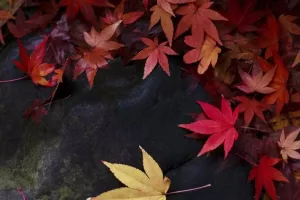Mushrooms are very common ingredients in life, but mushrooms do not belong to the flora, so what kind of creatures are "mushrooms"? Mushrooms are not plants, they are fungi that are easily visible to the naked eye. It is a species that is called together with animals and plants, because currently biologists divide the biological world into five categories: animals, plants, bacteria, fungi and viruses. Bacteria, fungi and viruses are collectively referred to as microorganisms.
Although fungi also grow on the ground like plants, there are distinct differences between the two. Mushrooms, like us humans, do not have chlorophyll and cannot perform photosynthesis, so they cannot use sunlight to produce nutrients, but need to be obtained from the outside world. This type of nutrition is called heterotrophy.
Although mushrooms don't have the same digestive system that we humans use to digest and absorb nutrients, they have hyphae that they use to absorb nutrients. The fungus is an unfussy creature, whether it is living or dead animals and plants; whether it is animal feces or plant leaves; even soil humus and minerals in cement can be used as its food. Fungi obtain nutrients for growth by breaking down the organic matter in these "foods", so scientists classify this type of organisms as fungi alone.
A phenomenon can often be seen in woodland or grassland and dead wood. After a heavy rain, many mushrooms suddenly appear on the grass. These mushrooms didn't appear out of nowhere, their mycelium lived quietly in the soil long before it rained.
The mushrooms we usually see and eat are called "fruiting bodies", which are the genitals of mushrooms. The fruiting body is a short-lasting reproductive structure that contains 92% water (which is why it grows so quickly). The mushroom mycelium is rooted in the ground, and unlike the fruiting body, the mycelium can live for several years. In terms of evolutionary relationship, the evolutionary relationship between fungi and animals is even closer than that of plants.
Fungi can decompose surrounding substances, and many large fungi are also food sources for many animals (including humans), so they are also a very important part of nature. Fungi can decompose organic matter into simple inorganic matter, such as carbon dioxide and various inorganic salts. These inorganic matter will be reused by plants. Under the combined action of chlorophyll and light, starch and plant protein needed by animals are synthesized. Without microorganisms such as fungi or bacteria to break down the material, the earth would be littered with fallen leaves, feces and animal carcasses.


